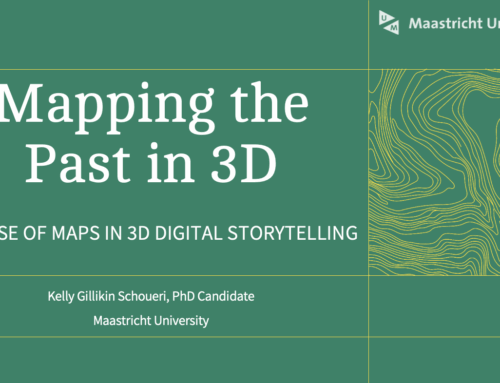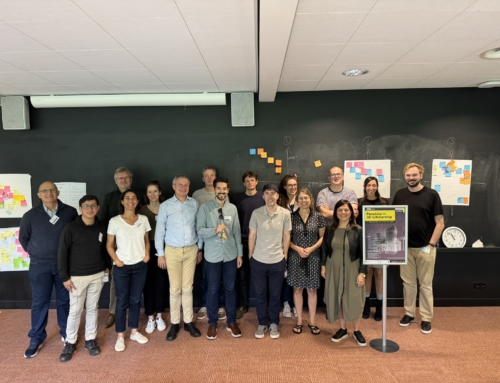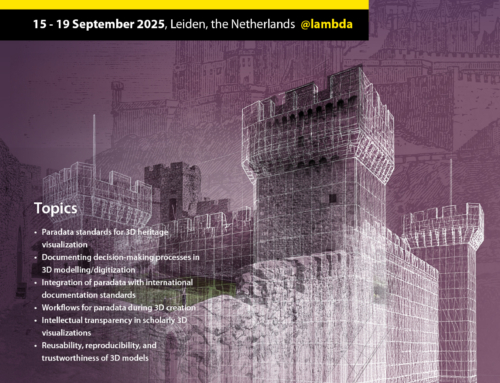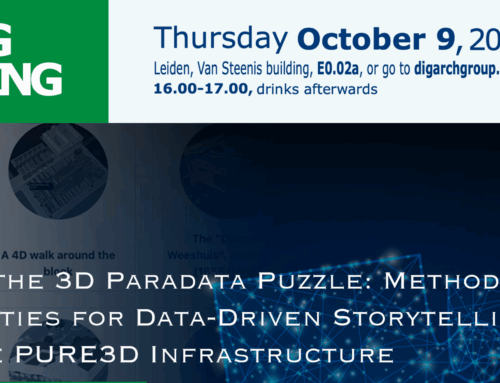A Leap of Faith: Revisiting Paradata in 3D Scholarship
3D visualisation—be it computer graphic (re)construction or digitisation—has a long tradition in archaeology and cultural heritage; original research approaches, new methodologies, and theoretical frameworks have been developed; scholarly outputs in a range of forms have been published; teaching programmes have been designed; and an array of apparatuses, including organisations, consortia, projects, conferences, journals, and book series exclusively focusing on 3D, have been established. Despite all these, 3D scholarship is still faced with scepticism and hesitation, both due to constant changes in technology and the fragile ecosystem within which it is being developed, but also due to the technological authority, lack of standards, and its non-conventional nature that does not adhere to established academic norms. The development of charters and principles, such as the London and Seville Charters, which were developed to provide guidelines that tackle these issues, have been inconsistently addressed and rarely implemented. By looking back at the origins of paradata in heritage visualisation and the ways that three-dimensionality is perceived, captured, and interpreted in conventional archaeological practice, this chapter explores the variable and dialectic processes that take place at the trowel’s edge and the often neglected perceptual, physiological, and technical factors that influence knowledge production in the process of 3D (re)construction. The chapter argues that 3D scholarship requires a leap of faith and a rethinking of the ‘how, when, and why’ of paradata on a par with our better understanding of the complexity of and recent changes in digital scholarship.
To Cite: Papadopoulos, C. (2024). A Leap of Faith: Revisiting Paradata in 3D Scholarship. In: Huvila, I., Andersson, L., Sköld, O. (eds) Perspectives on Paradata. Knowledge Management and Organizational Learning, vol 13. Springer, Cham. https://doi.org/10.1007/978-3-031-53946-6_4





